Hiroshi Sugimoto’s ‘Seascapes’ Capture the Permanence of the Impermanent
Since 1980, the photographer has been immortalising the meeting of water and air and has used it to create an almost meditative series.
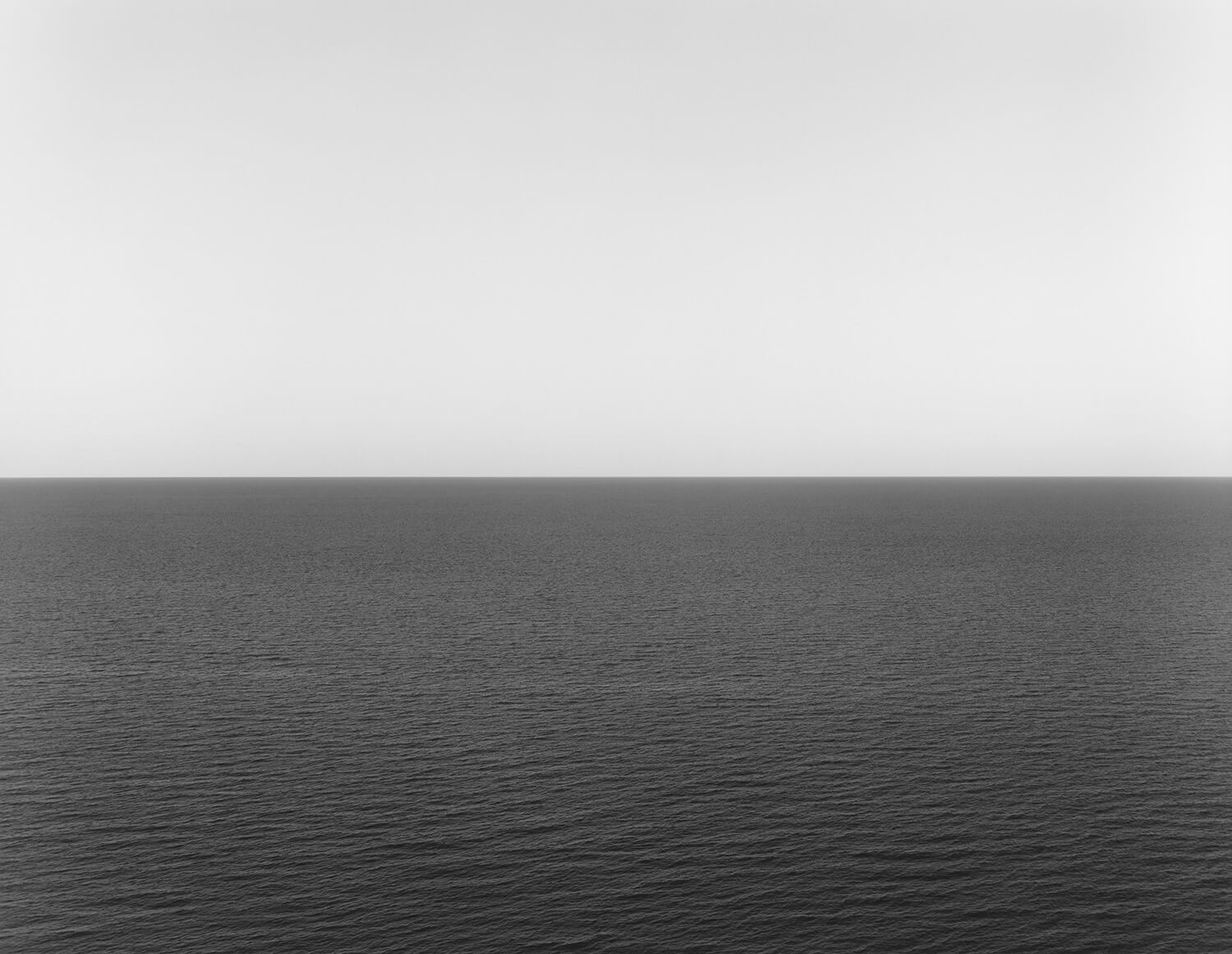
Courtesy of the artist and Marian Goodman Gallery. © Hiroshi Sugimoto
‘Every time I view the sea, I feel a calming sense of security, as if visiting my ancestral home,’ Hiroshi Sugimoto reveals on his website. For forty years, he has been photographing pared down marine landscapes, all around the world. ‘Water and air. So very commonplace are these substances, they hardly attract attention, and yet they vouchsafe our very existence.’
The photographer, born in 1948 in Japan, explores in his work the idea of memory and the passage of time. He studied photography in Los Angeles and now lives between New York and Tokyo. Hiroshi Sugimoto develops several photographic series simultaneously, among which Theaters is notable: a series the photographer started in 1999 in which he photographed old American movie theatres with a very long exposure, with each negative requiring an entire roll of film.
Photographing time passing
In 1980, he began his series Seascapes. All the photos have the same construction: the elements being photographed, the framing, and the material used are all identical. Only the passage of time disrupts the unchanging nature of the landscape.
These Seascapes, all in black-and-white, propose an infinite number of variations of black, grey, and white tones, where the line between water and air is sometimes thin, lending these photographs an almost abstract character. No bird, human, nor object ever comes to intrude on the bare marine landscape.
Hiroshi Sugimoto is also known for directing the play At The Hawk’s Well at the Opéra National de Paris in 2019, and for being behind the Enoura Observatory, a hybrid site dedicated to art that comprises an art gallery, a stone stage, a glass stage for noh theatre, a tea salon, a garden, and an office building.
Seascapes (2015), by Hiroshi Sugimoto, is co-published by Atelier EXB and Diamani.
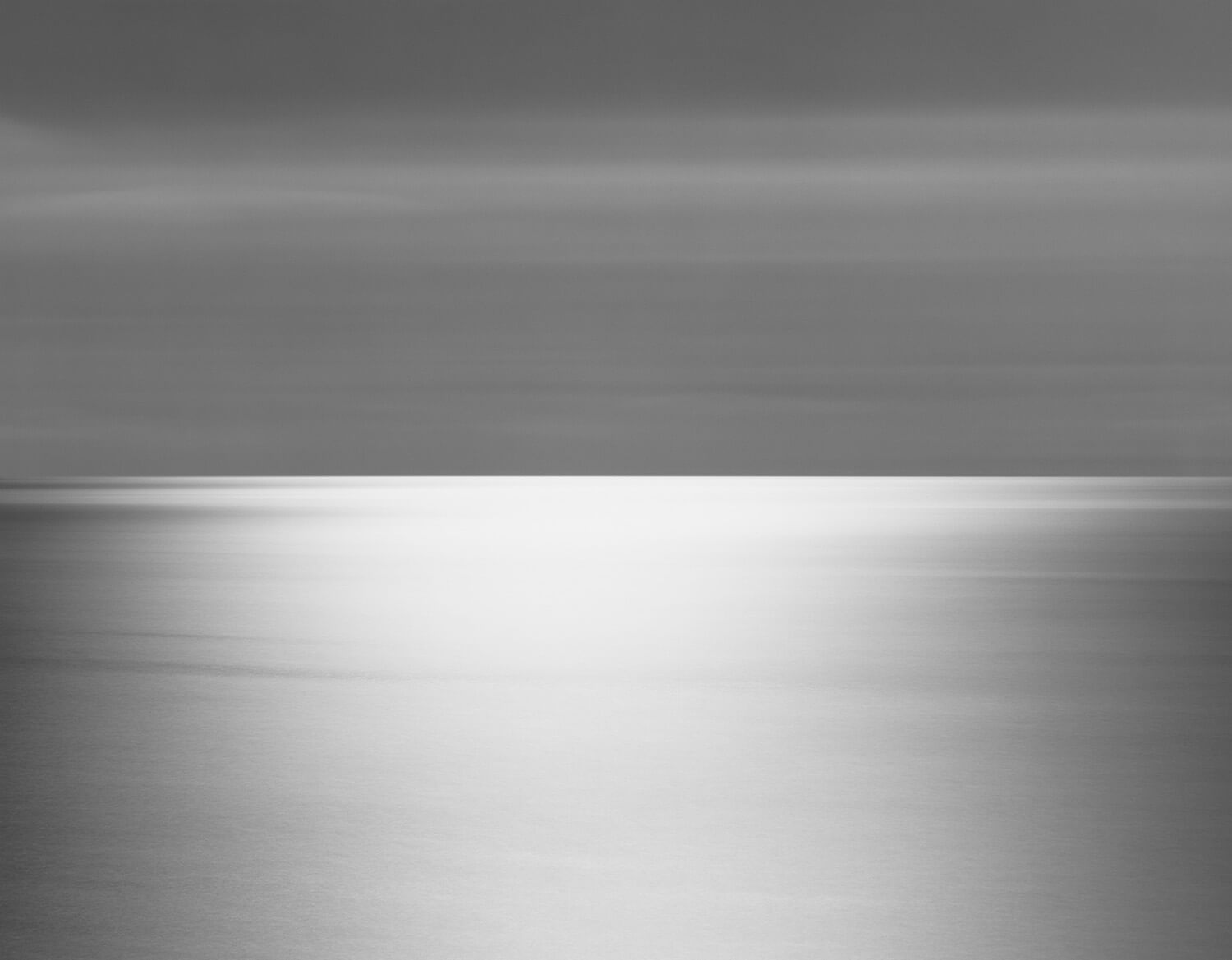
Courtesy of the artist and Marian Goodman Gallery. © Hiroshi Sugimoto
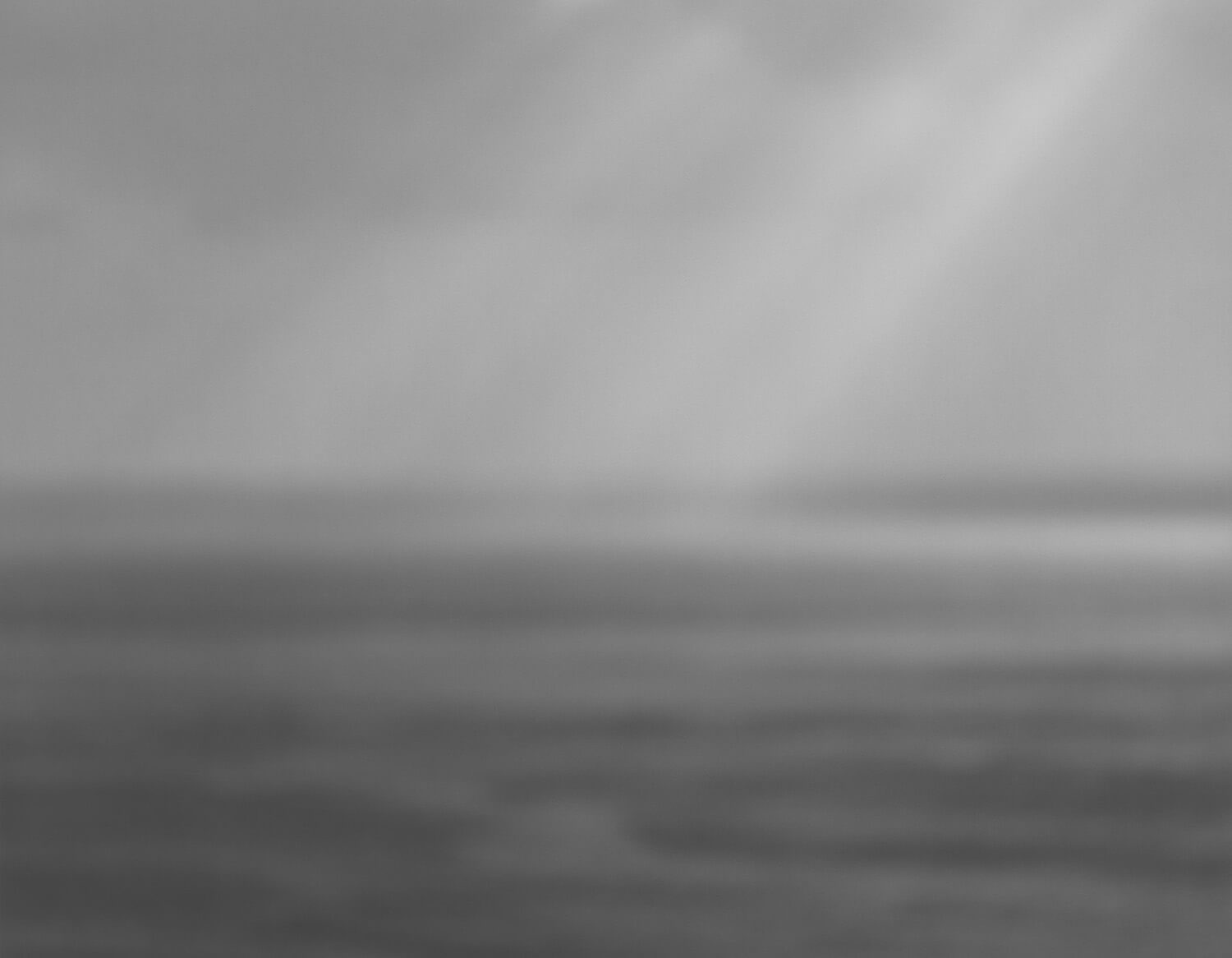
Courtesy of the artist and Marian Goodman Gallery. © Hiroshi Sugimoto

Courtesy of the artist and Marian Goodman Gallery. © Hiroshi Sugimoto

Courtesy of the artist and Marian Goodman Gallery. © Hiroshi Sugimoto
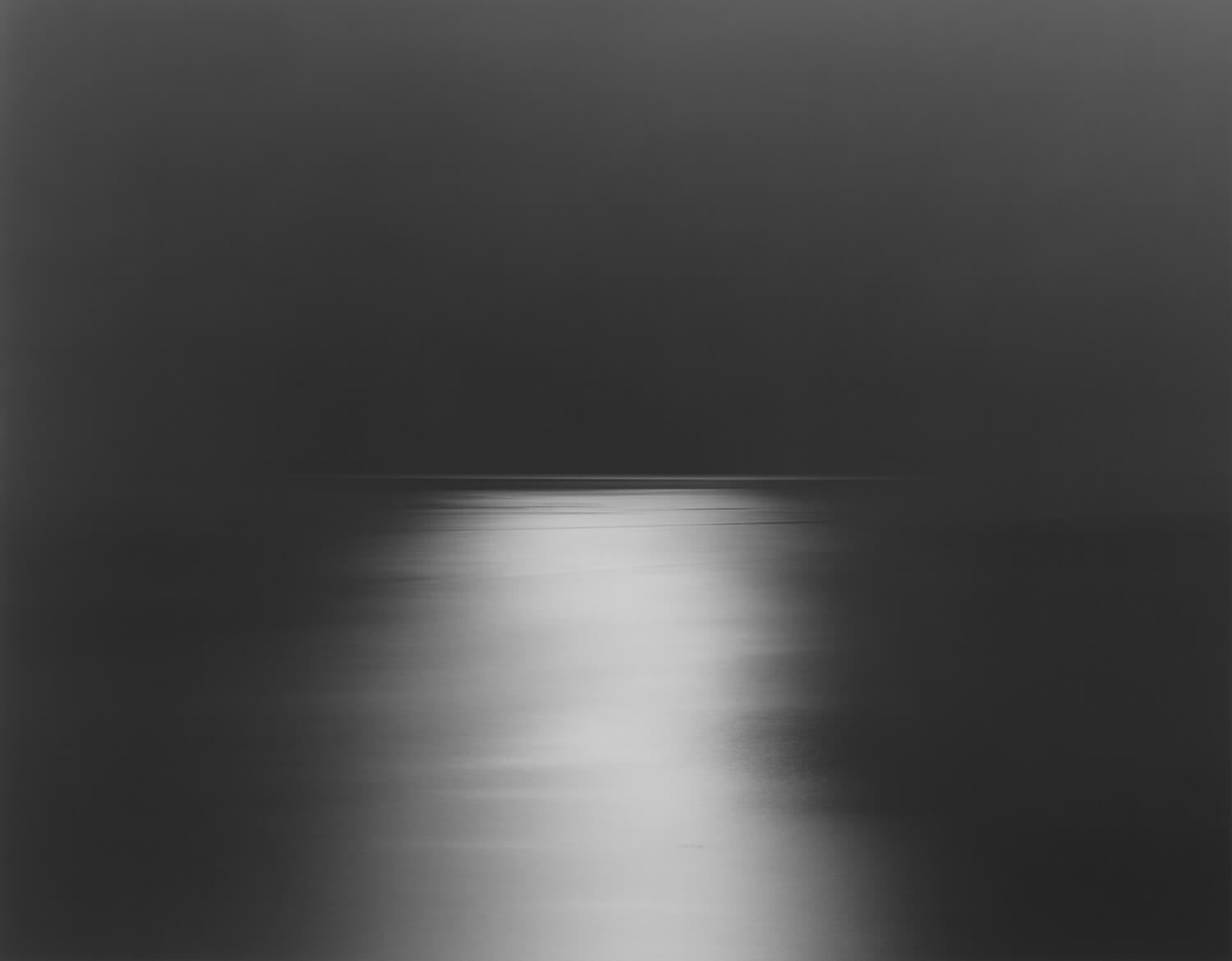
Courtesy of the artist and Marian Goodman Gallery. © Hiroshi Sugimoto
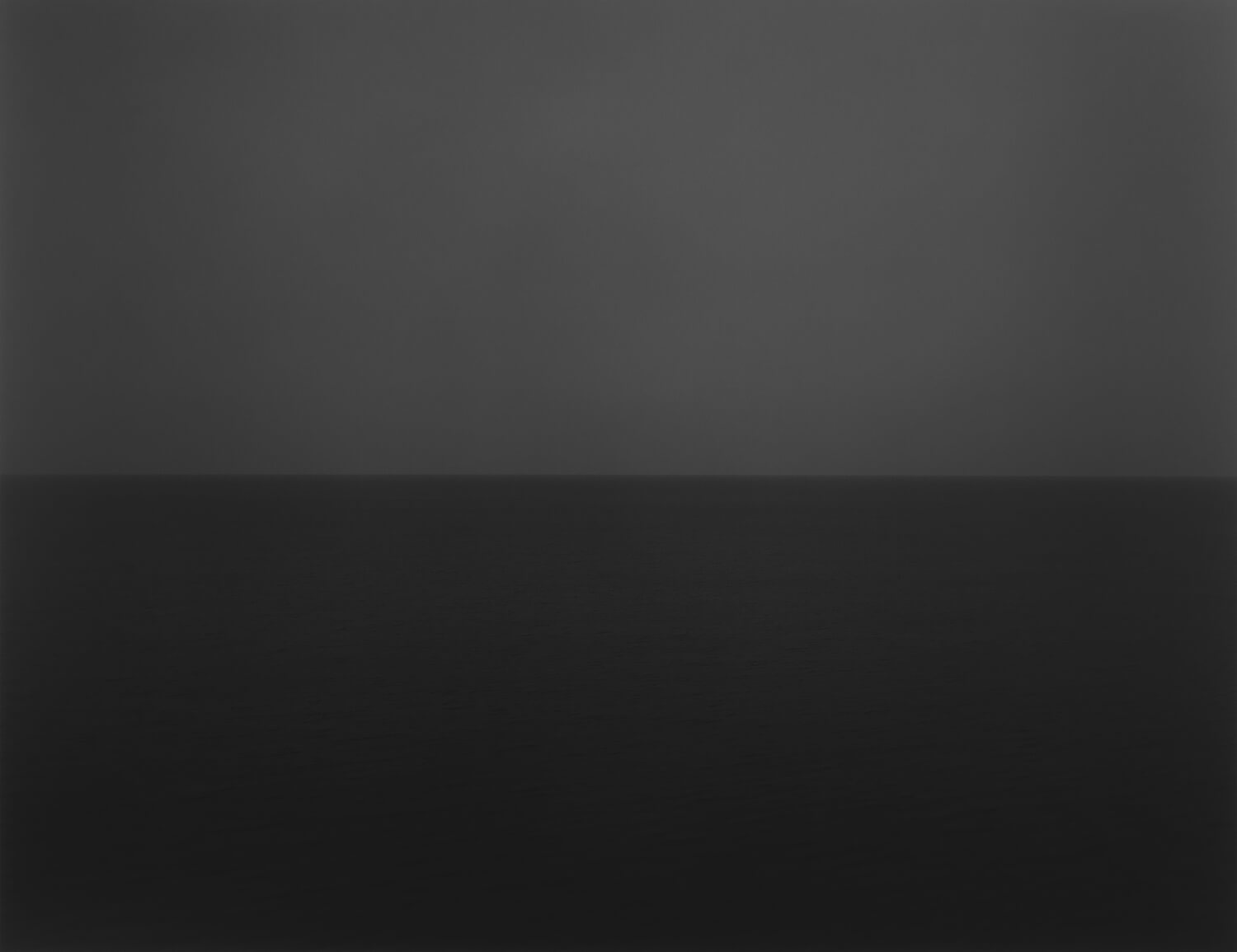
Courtesy of the artist and Marian Goodman Gallery. © Hiroshi Sugimoto
TRENDING
-
The Tattoos that Marked the Criminals of the Edo Period
Traditional tattoos were strong signifiers; murderers had head tattoos, while theft might result in an arm tattoo.

-
The Story of Sada Yacco, the Geisha who Bewitched Europe
Described by Dazed magazine as the first beauty influencer, she has been restored to her former glory since 2019.

-
Chiharu Shiota, Red Threads of the Soul
Last year, more than 660,000 people visited the retrospective 'Chiharu Shiota: The Soul Trembles' exhibit at the Mori Art Museum.

-
Japanese Left-field Pop From The CD Age, 1989-1996
‘Heisei No Oto’, a compilation of hidden gems in the unspoken depths of Japanese pop, reveal blissful moment of technological possibility.

-
‘Shojo Tsubaki’, A Freakshow
Underground manga artist Suehiro Maruo’s infamous masterpiece canonised a historical fascination towards the erotic-grotesque genre.





